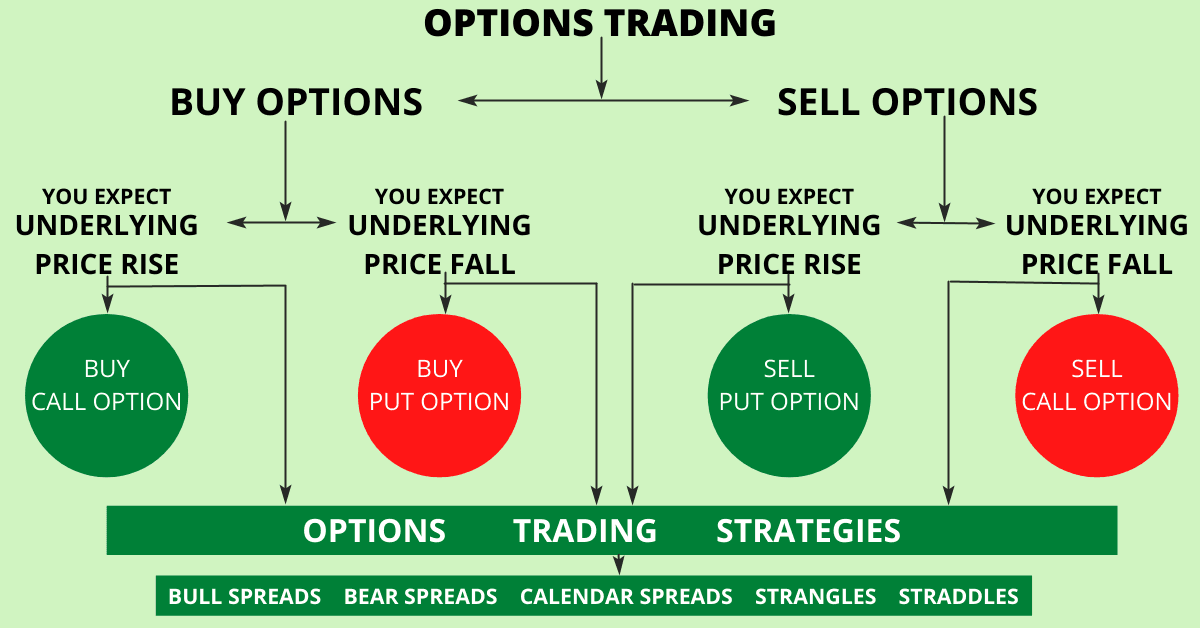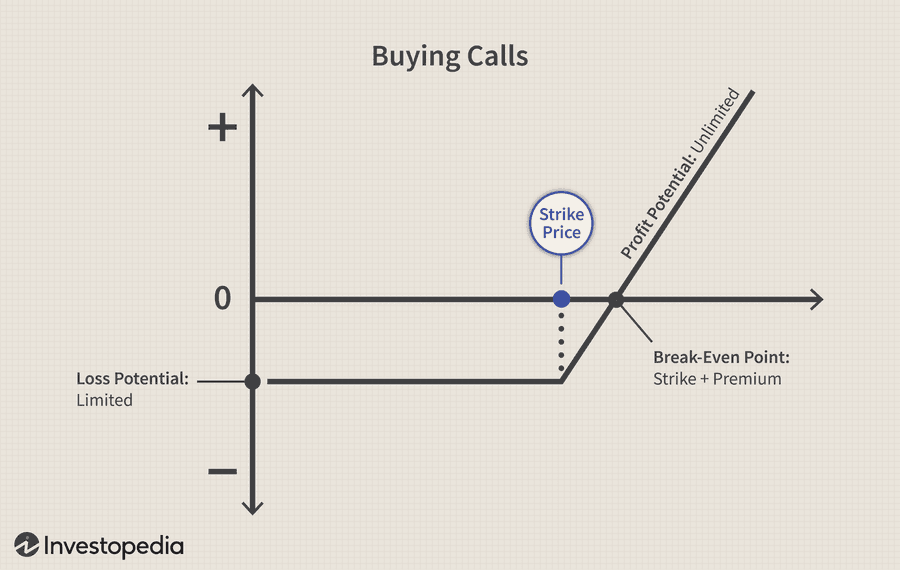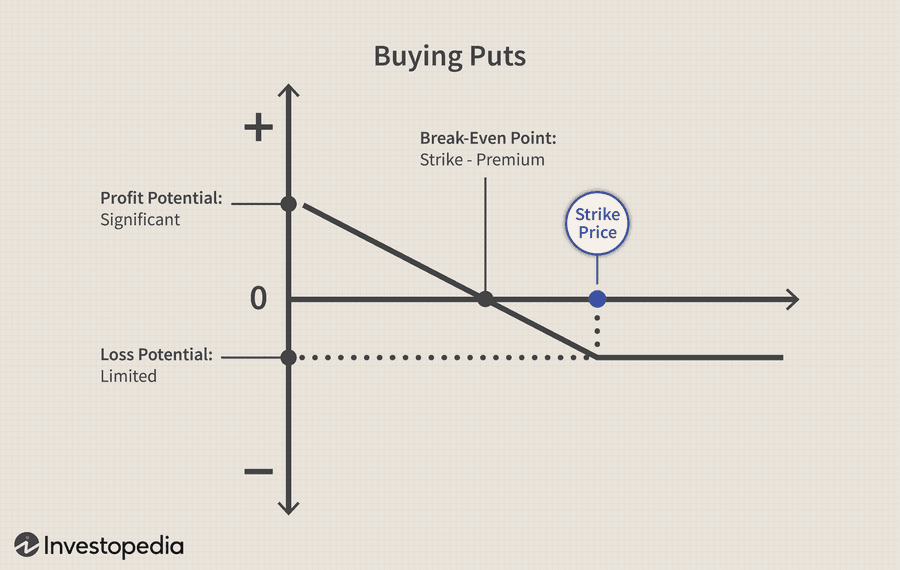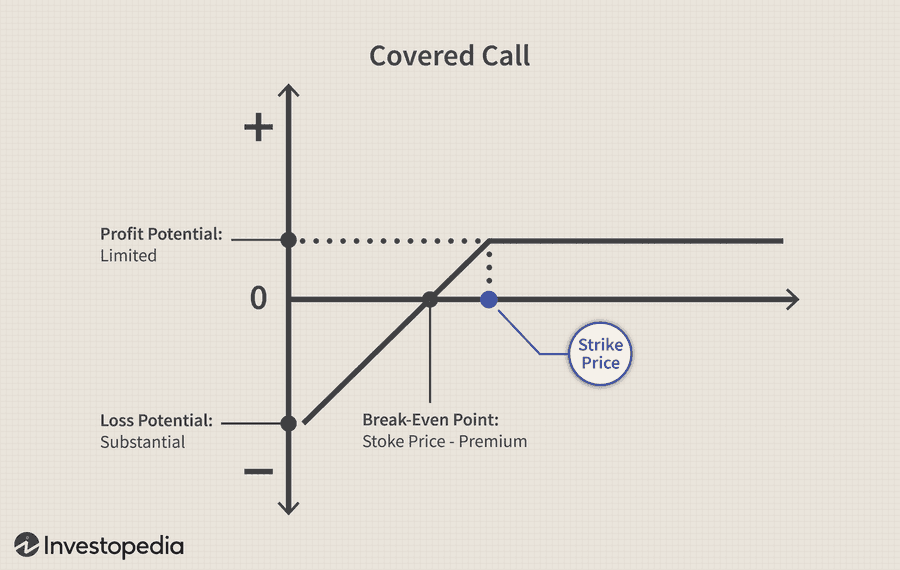Explore the World's Best Ideas
Join today and uncover 100+ curated journeys from 50+ topics. Unlock access to our mobile app with extensive features.
Definition and application
Options are conditional derivative contracts that allow buyers of the contracts (option holders) to buy or sell a security at a chosen price. Option buyers are charged an amount called a "premium" by the sellers for such a right. Should market prices be unfavorable for option holders, they will let the option expire worthless, thus ensuring the losses are not higher than the premium. In contrast, option sellers (option writers) assume greater risk than the option buyers, which is why they demand this premium.
162
1.2K reads
Forms of trading
Options are divided into "call" and "put" options. With a call option, the buyer of the contract purchases the right to buy the underlying asset in the future at a predetermined price, called exercise price or strike price. With a put option, the buyer acquires the right to sell the underlying asset in the future at the predetermined price.
178
1.23K reads
Why Trade Options Rather Than a Direct Asset?
There are some advantages to trading options. The Chicago Board of Options Exchange (CBOE) is the largest such exchange in the world, offering options on a wide variety of single stocks, ETFs and indexes.1
Traders can construct option strategies ranging from buying or selling a single option to very complex ones that involve multiple simultaneous option positions.
152
641 reads
Buying Calls (Long Call)
Suppose a trader wants to invest $5,000 in Apple (AAPL), trading around $165 per share. With this amount, they can purchase 30 shares for $4,950. Suppose then that the price of the stock increases by 10% to $181.50 over the next month. Ignoring any brokerage, commission or transaction fees, the trader’s portfolio will rise to $5,445, leaving the trader with a net dollar return of $495, or 10% on the capital invested.
150
575 reads
Now, let's say a call option on the stock with a strike price of $165 that expires about a month from now costs $5.50 per share or $550 per contract. Given the trader's available investment budget, they can buy nine options for a cost of $4,950. Because the option contract controls 100 shares, the trader is effectively making a deal on 900 shares. If the stock price increases 10% to $181.50 at expiration, the option will expire in the money and be worth $16.50 per share ($181.50-$165 strike), or $14,850 on 900 shares.
154
503 reads
That's a net dollar return of $9,990, or 200% on the capital invested, a much larger return compared to trading the underlying asset directly. (For related reading, see "Should an Investor Hold or Exercise an Option?")
Risk/Reward: The trader's potential loss from a long call is limited to the premium paid. Potential profit is unlimited, as the option payoff will increase along with the underlying asset price until expiration, and there is theoretically no limit to how high it can go.
154
401 reads
Buying Puts (Long Put)
A put option works the exact opposite way a call option does, with the put option gaining value as the price of the underlying decreases. While short-selling also allows a trader to profit from falling prices, the risk with a short position is unlimited, as there is theoretically no limit on how high a price can rise. If the underlying rises past the option's strike price, the option will simply expire worthlessly.
Risk/Reward: Potential loss is limited to the premium paid for the options. The maximum profit from the position is capped since the underlying price cannot drop below zero.
152
268 reads
Covered Call
A covered call strategy involves buying 100 shares of the underlying asset and selling a call option against those shares. When the trader sells the call, the option's premium is collected, thus lowering the cost basis on the shares and providing some downside protection. In return, by selling the option, the trader is agreeing to sell shares of the underlying at the option's strike price, thereby capping the trader's upside potential.
151
321 reads
Suppose a trader buys 1,000 shares of BP (BP) at $44 per share and simultaneously writes 10 call options (one contract for every 100 shares) with a strike price of $46 expiring in one month, at a cost of $0.25 per share, or $25 per contract and $250 total for the 10 contracts. The $0.25 premium reduces the cost basis on the shares to $43.75, so any drop in the underlying down to this point will be offset by the premium received from the option position, thus offering limited downside protection.
150
250 reads
150
235 reads
However, this example implies the trader does not expect BP to move above $46 or significantly below $44 over the next month. As long as the shares do not rise above $46 and get called away before the options expire, the trader will keep the premium free and clear and can continue selling calls against the shares if desired.
150
230 reads
Risk/Reward: If the share price rises above the strike price before expiration, the short call option can be exercised and the trader will have to deliver shares of the underlying at the option's strike price, even if it is below the market price. In exchange for this risk, a covered call strategy provides limited downside protection in the form of premium received when selling the call option.
150
281 reads
IDEAS CURATED BY
Mihai-Sebastian Ioniță's ideas are part of this journey:
Learn more about moneyandinvestments with this collection
How to create and sell NFTs
The future of NFTs
The benefits and drawbacks of NFTs
Related collections
Similar ideas
5 ideas
4 ideas
Exploring the Benefits and Risks of Inverse ETFs
investopedia.com
4 ideas
Heikin-Ashi: A Better Candlestick
investopedia.com
Read & Learn
20x Faster
without
deepstash
with
deepstash
with
deepstash
Personalized microlearning
—
100+ Learning Journeys
—
Access to 200,000+ ideas
—
Access to the mobile app
—
Unlimited idea saving
—
—
Unlimited history
—
—
Unlimited listening to ideas
—
—
Downloading & offline access
—
—
Supercharge your mind with one idea per day
Enter your email and spend 1 minute every day to learn something new.
I agree to receive email updates





